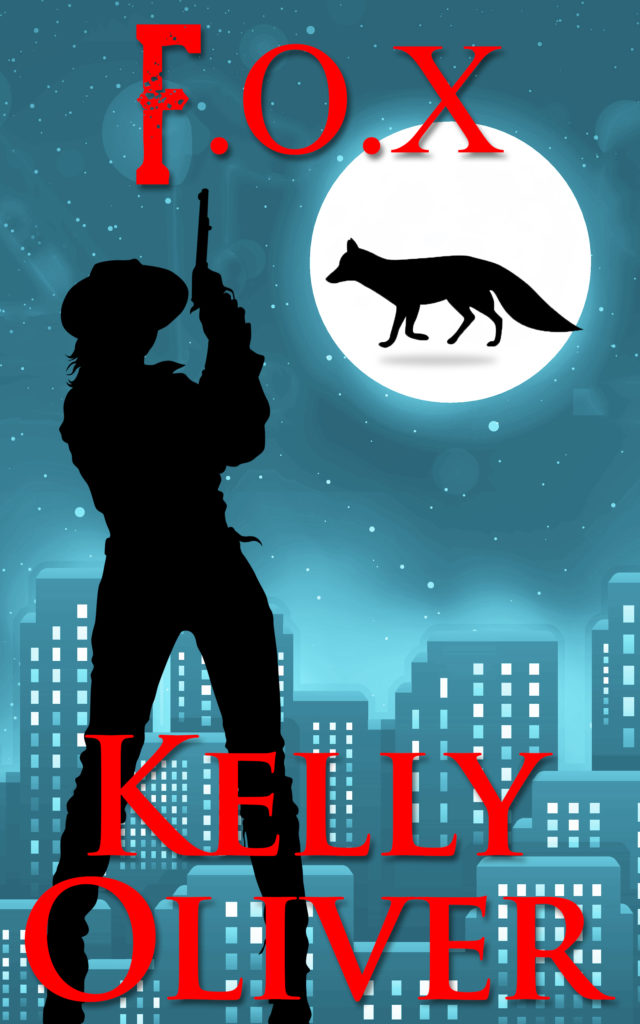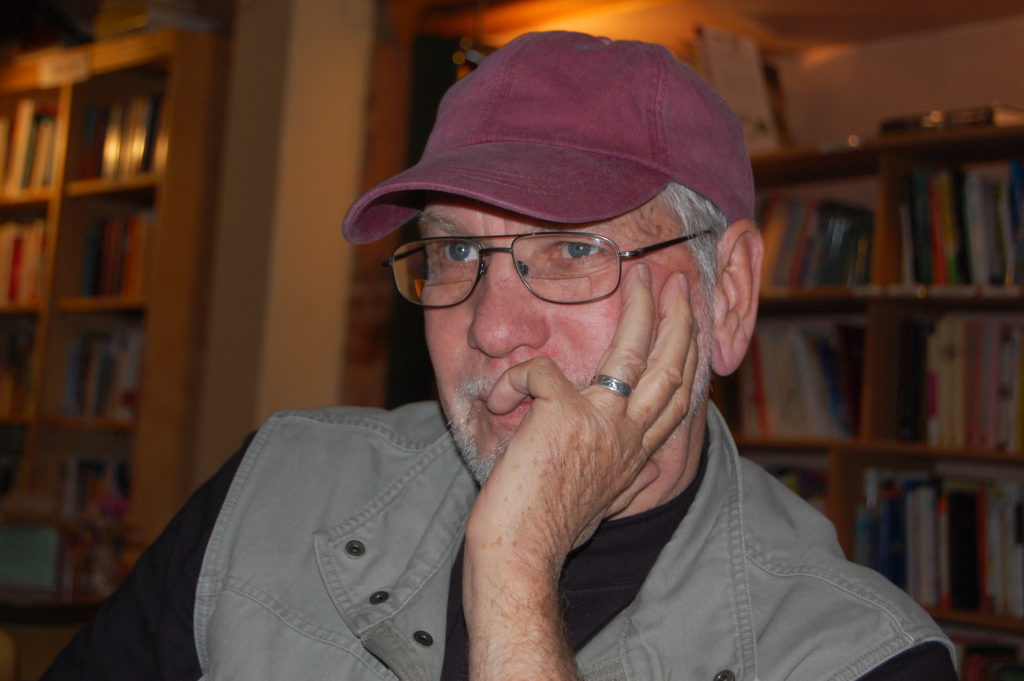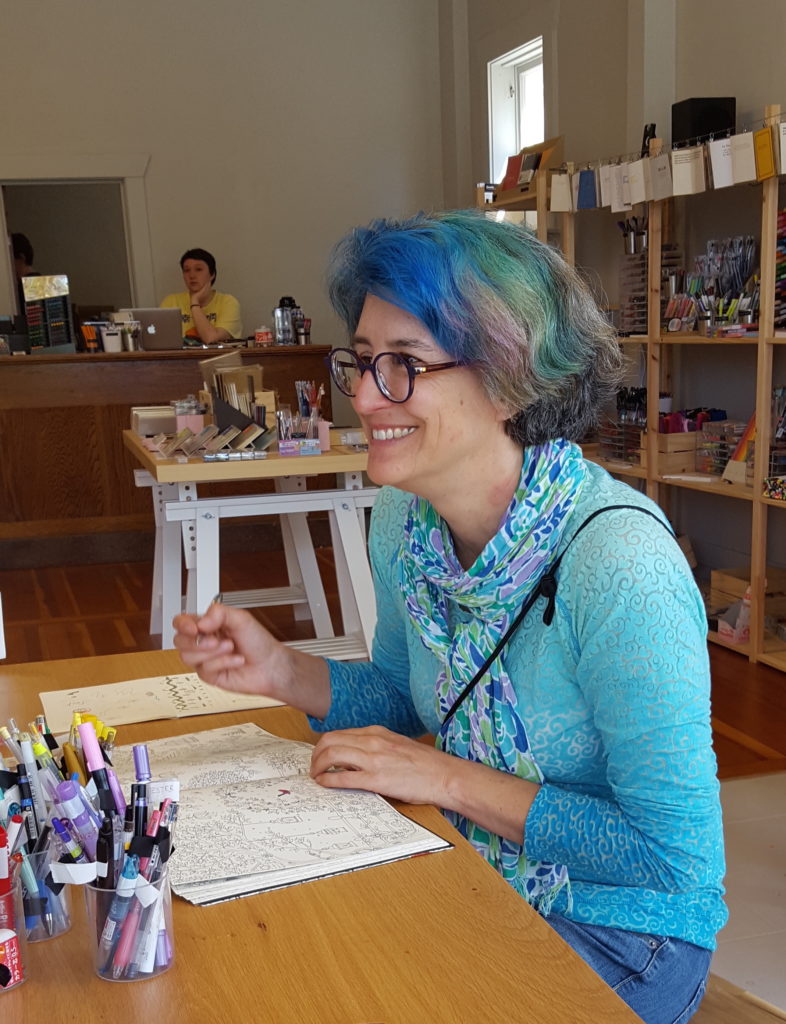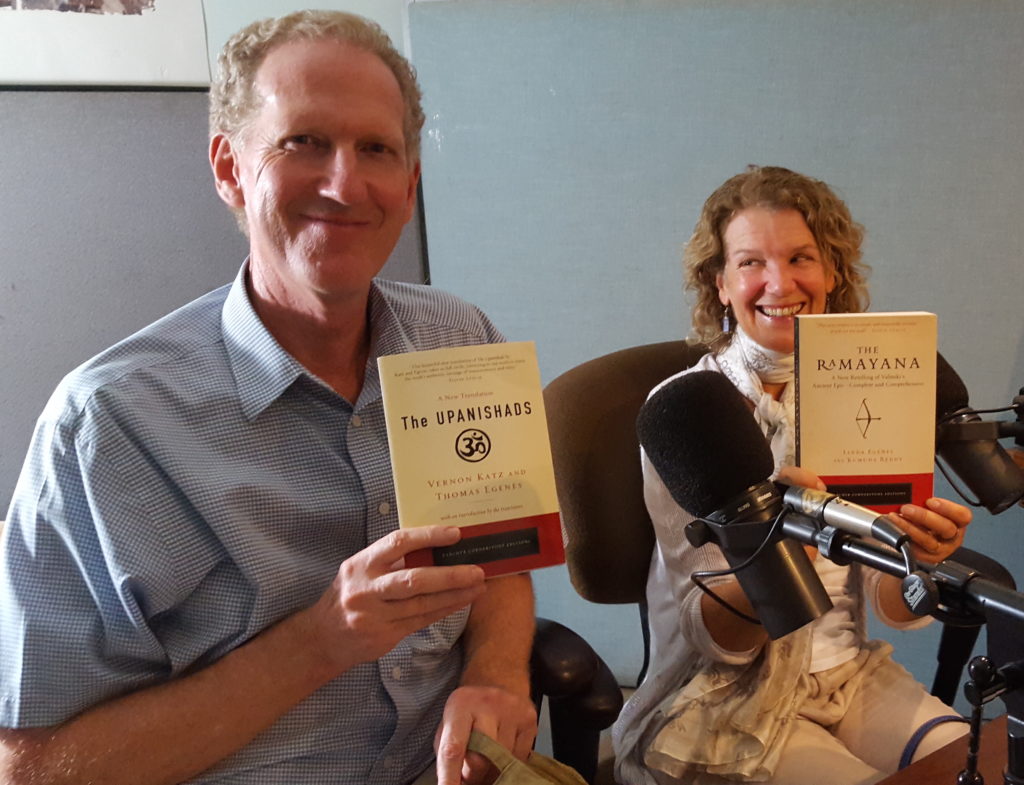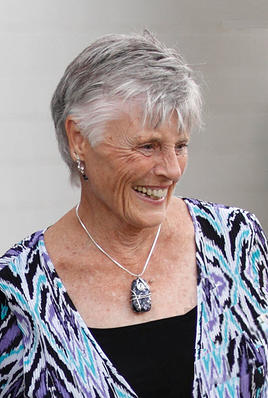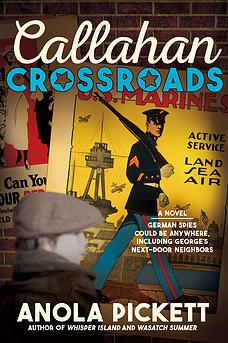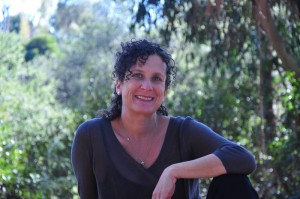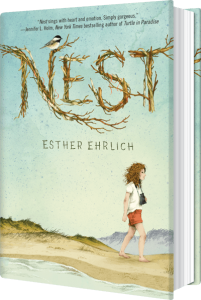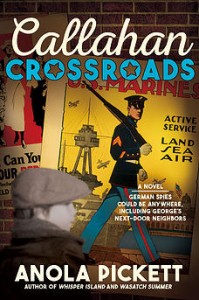
Callahan Crossroads by Anola Pickett
Where do good stories come from? Anola Pickett crafts thoughtful yet funny and engaging historical novels for children. Set in Kansas City, Missouri, in 1918, her newest title is Callahan Crossroads. Like her other historical novels, Whisper Island and Wasatch Summer, Callahan Crossroads was published by Sweetwater Books, an imprint of Cedar Fort, Inc. During radio and online interviews, Anola identified how the impetus to write each story originated.
“Each book begins with a specific incident or memory that someone has shared with me,” Anola reported in an interview posted July 15, 2015 onto broadwayworld.com.
Stories her mother told her about growing up in Kansas City, Missouri, during World War I whetted her interest, she explained. One particular memory stood out: In 1918, when her mother was six years old, neighborhood boys made a dummy of Kaiser Wilhelm, attached it to the back of a car, dragged it around, and then burned it.
“That gave impetus to exploring the negative attitude towards anyone or anything German during the war and this is one of the book’s themes,” Anola explained.
In Callahan Crossroads, 12-year-old George must decide how to react when bullies harass an elderly, widowed neighbor due to her Germanic last name. His older brother’s pacifist stance, his mother’s support for women’s suffrage, and war-time food restrictions further disrupt George’s life on the home front.
During a 2013 radio interview with me on KRUU-LP 100.1 FM, Anola revealed that Whisper Island germinated for years. Quite a long time ago, she said, she and her husband visited North Carolina’s Outer Banks, where they attended a park ranger’s program about shipwrecks.
“One shipwreck story that happened in 1913 caught my fancy,” she explained, “because the first person off the ship was the captain’s wife, who was very large. Instead of being grateful to the men who were rescuing her, she complained all the way off the ship about losing her jewelry, her clothes, and her fine things,” Anola recalled.
“The other thing that caught my fancy was the fact that when the captain came off, he brought his St. Bernard dog with him. Later he gave that dog to the villagers. So that gave me two little things to spring off of and develop a story,” she concluded.
Anola’s Author’s Note in Wasatch Summer reveals that this novel also arose from a true story she heard. In a Utah valley in 1889, Hannah, the book’s 11-year-old main character, must tend the family’s sheep all summer alone in the mountains. There she encounters Blackfeet Indians, who help and comfort her. In the book’s Author’s Note, Anola confides that, “The girl in the original story was only eight when she took her family’s sheep to the mountains in 1889.” During a 2011 KRUU radio interview with me, Anola explained that due to the book’s complexity, she decided to make Hannah a couple years older than the real-life girl who tended sheep and met Blackfeet Indians in a Utah valley.
Interesting anecdotes lead to engaging fiction only when a lot of other factors converge. A former school teacher and school librarian, Anola knows how young people think, and she understands what kind of stories elicit their interest. Eschewing didacticism, she presents her readers with complex situations that her characters must strive to understand and untangle.
Anola fortifies her fiction with solid research. For Callahan Crossroads, she plumbed resources available at the National World War I Museum in Kansas City; the National Archives/Kansas City; the Midwest Genealogy Center, Mid-Continent Public Library; and the Missouri Valley Room of the Kansas City Public Library.
“All provided a fascinating look at the home front in Kansas City during ‘the Great War,’” she explained.
To make her story come alive, Anola culled specific details from this extensive research. Did you know that during World War I, the filters in gas masks were made from crushed prune pits? Anola does, and so do her readers.
Where do good stories come from? Good storytellers like Anola Pickett.


